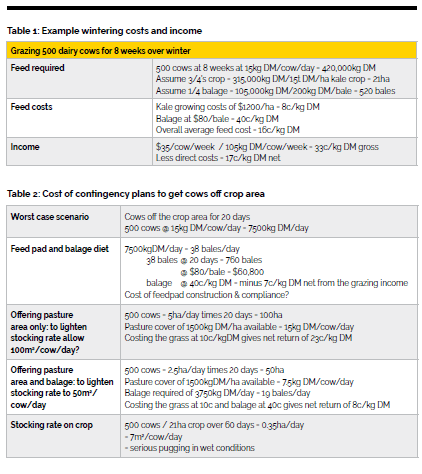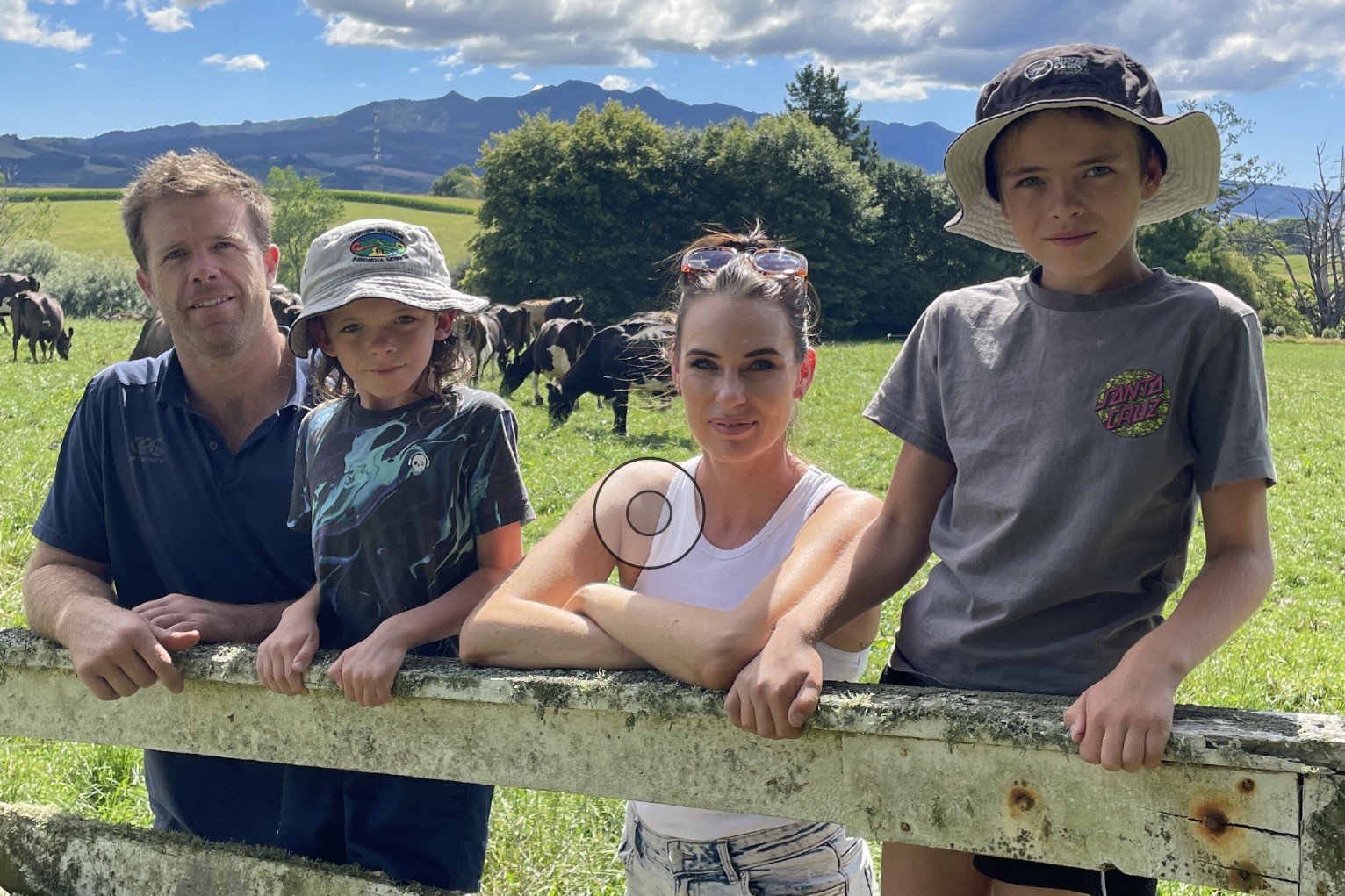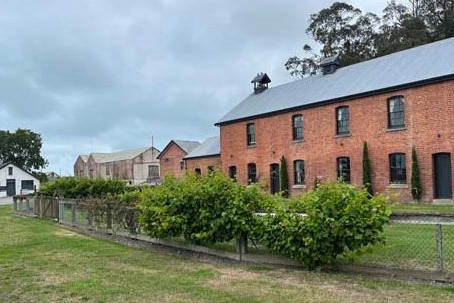By Kerry Dwyer
Recently I have had some conversations with clients about the cost of dairy grazing for next winter. Maybe this is more a southern South Island issue than for the rest of New Zealand, but how do we factor in the cost of contingencies to meet environmental regulations?
Leaving cattle on crops when it gets too wet is not what the world wants to see, so what are the options and costs if we have to get the cattle off?
Farmers who graze dairy cows over winter may be looking at the figures in Table 1, showing an income of $35/cow/week will net about 17c/kg drymatter (DM) depending on the crop growing cost, feed ratios and balage costs.
We have not allowed for any transitioning of the cows from a grass diet to crop and back again, so maybe this alters the figures, depending on how you value the grass consumed. And maybe the $1200/ha direct cost for growing kale will not stack up for the coming year due to the rampant cost inflation we are facing.
Tweak these figures to your business and see how they look.
If we put the grazing price up to $40/week the net rises to 22c/kg DM.
Also, we have not factored in the total cost of providing the crop, which is the lost pasture for the time the paddock(s) is out of pasture. That may be as high as 10c/kg DM depending on your system, but most farmers will keep it simple and look at the direct costs only.
The conversations with my farmer clients have then focused on contingency planning for a repeat of this year’s wet winter – they have to take the cows off the crop due to extremely wet soils and provide them with alternate grazing. Leaving them on the crop and potentially incurring the wrath of the regional council is not an attractive option, especially when they are someone else’s stock.
Taking the cows off the crop means either feed padding them or offering a pasture
area at a lighter stocking rate to lessen soil damage. Table Two shows likely costs of either of these options.
If the cows come off the crop on to a feed pad, with a whole diet of balage, then allowing the same feeding level the grazier loses money feeding the herd. In the worst case scenario of 20 days off the crop that totals $12,000 lost as against the remaining profit $46,000. The overall profit drops to $34,000 or 8c/kg DM for the wintering experience.
What we haven’t factored into this job is the cost of providing a compliant feed pad, for a facility capable of handling 500 cows that may be in the six to seven digit range which doesn’t really stack up when the net income from the deal is $71,000 on the basis of eight weeks on the crop paddocks.
If the case of taking the cows off the crop and providing a whole pasture diet at a low stocking rate then the economics are preserved, depending on what price you put on the pasture. At 100sq m/cow/day pugging damage should be minimal except keeping the cows spread out will be difficult. Daily shifts and back-fencing might be essential to preserve pastures.
Taking the cows off the crop and providing half their diet as pasture and half as balage is a possible contingency plan also. While showing a net income half that of the on-crop feeding it is a better option than large fines for not being compliant with grazing regulations.
There is no clear-cut easy answer to planning for the contingency of getting cattle off crop paddocks when it gets too wet.
Get a handle on the costs and options before you get hurt facing that reality. You can tweak the figures for a beef cattle finishing system: what is the likely income to be gained by winter weight gain on beef cattle versus the normal rise in store cattle prices over winter?
My clients tend to agree that having 50-100ha of pasture saved as a contingency plan does not stack up for them (for a 500 dairy cow wintering plan); the likelihood of having 5-7ha of kale ungrazed because the cows have to go home does not stack up for them either.
The contingency of having another 380-760 bales of balage on hand and possibly not used doesn’t excite them, nor does spending a few hundred thousand on a covered or uncovered feedpad. Neither does the possibility of being in the Environment Court.





